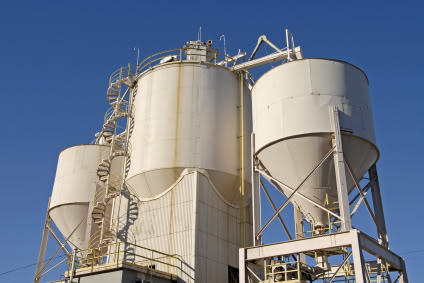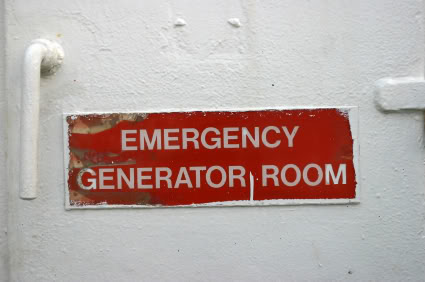U.S. EPA Proposes to Amend Portland Cement NSPS Rule
On May 30, 2008 and in the June 16, 2008 Federal Register, the United States Environmental Protection Agency (U.S. EPA) proposed to amend the Standards of Performance for New Portland Cement Plants (NSPS). These rules are cited at 40 CFR 60, Subpart F. The proposed emission limit amendments affect new and modified kilns and clinker coolers and include new limits for particulate matter (PM), as well as limits for oxides of nitrogen (NOx), and sulfur dioxide (SO2) which were previously not regulated under the Portland Cement NSPS rule. The limits are now expressed on an output basis (i.e., lb pollutant/ton clinker). The proposed new kiln limits are:
- PM 0.086 lb/ton clinker
- NOx 1.50 lb/ton clinker
- SO2 1.33 lb/ton clinker
For comparison, the current NSPS limit for PM from kilns is 0.30 lb/ton of dry feed. The 
The proposed revisions further require the use of continuous bag leak detectors for new kilns and clinker coolers that utilize fabric filter controls for PM and continuous emissions monitoring systems (CEMS) for NOx and SO2. Public comments on the proposed rule will be accepted for 60 days following its June 16, 2008 publication in the Federal Register.
Emergency Generators Now Regulated
Are you planning to install a new emergency generator or modify an existing emergency generator? If so, you will likely need to comply with one or more of the following Federal emergency generator regulations:
- 40 CFR Part 60, Subpart IIII – Standards of Performance for Stationary Compression Ignition Internal Combustion Engines.
- 40 CFR Part 60, Subpart JJJJ – Standards of Performance for Stationary Spark Ignition Internal Combustion Engines.
- 40 CFR Part 63, Subpart ZZZZ – National Emissions Standards for Hazardous Air Pollutants for Stationary Reciprocating Internal Combustion Engines (RICE).
The applicable requirements of these regulations depend on a combination of engine specific parameters including model year, construction or reconstruction date, displacement (liters per cylinder), power rating (hp), and the classification of a facility as either a major or area source of hazardous air pollutants (HAPs). Generally, these regulations enforce emission limits that must be confirmed with the engine manufacturer, require stack testing in limited cases, and set forth 
Be sure to check out next month’s 4 The Record to learn more, as we’ll provide a detailed review of these emergency generator regulations.

